Eunbin Seo
SC-Lane: Slope-aware and Consistent Road Height Estimation Framework for 3D Lane Detection
Aug 14, 2025Abstract:In this paper, we introduce SC-Lane, a novel slope-aware and temporally consistent heightmap estimation framework for 3D lane detection. Unlike previous approaches that rely on fixed slope anchors, SC-Lane adaptively determines the fusion of slope-specific height features, improving robustness to diverse road geometries. To achieve this, we propose a Slope-Aware Adaptive Feature module that dynamically predicts the appropriate weights from image cues for integrating multi-slope representations into a unified heightmap. Additionally, a Height Consistency Module enforces temporal coherence, ensuring stable and accurate height estimation across consecutive frames, which is crucial for real-world driving scenarios. To evaluate the effectiveness of SC-Lane, we employ three standardized metrics-Mean Absolute Error(MAE), Root Mean Squared Error (RMSE), and threshold-based accuracy-which, although common in surface and depth estimation, have been underutilized for road height assessment. Using the LiDAR-derived heightmap dataset introduced in prior work [20], we benchmark our method under these metrics, thereby establishing a rigorous standard for future comparisons. Extensive experiments on the OpenLane benchmark demonstrate that SC-Lane significantly improves both height estimation and 3D lane detection, achieving state-of-the-art performance with an F-score of 64.3%, outperforming existing methods by a notable margin. For detailed results and a demonstration video, please refer to our project page:https://parkchaesong.github.io/sclane/
HeightLane: BEV Heightmap guided 3D Lane Detection
Aug 15, 2024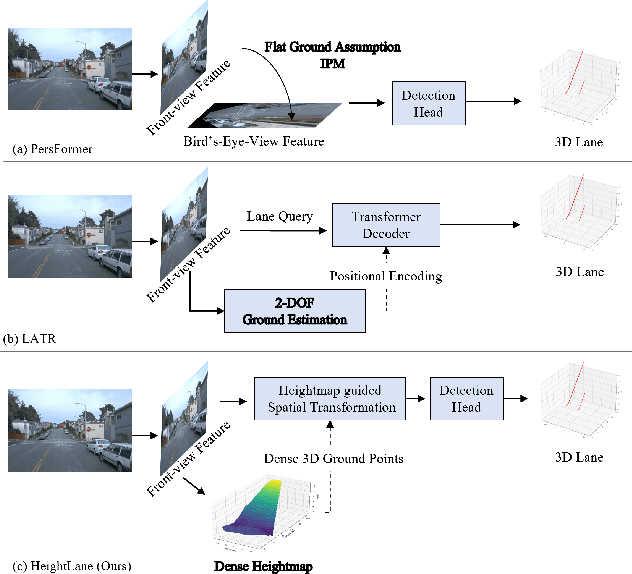



Abstract:Accurate 3D lane detection from monocular images presents significant challenges due to depth ambiguity and imperfect ground modeling. Previous attempts to model the ground have often used a planar ground assumption with limited degrees of freedom, making them unsuitable for complex road environments with varying slopes. Our study introduces HeightLane, an innovative method that predicts a height map from monocular images by creating anchors based on a multi-slope assumption. This approach provides a detailed and accurate representation of the ground. HeightLane employs the predicted heightmap along with a deformable attention-based spatial feature transform framework to efficiently convert 2D image features into 3D bird's eye view (BEV) features, enhancing spatial understanding and lane structure recognition. Additionally, the heightmap is used for the positional encoding of BEV features, further improving their spatial accuracy. This explicit view transformation bridges the gap between front-view perceptions and spatially accurate BEV representations, significantly improving detection performance. To address the lack of the necessary ground truth (GT) height map in the original OpenLane dataset, we leverage the Waymo dataset and accumulate its LiDAR data to generate a height map for the drivable area of each scene. The GT heightmaps are used to train the heightmap extraction module from monocular images. Extensive experiments on the OpenLane validation set show that HeightLane achieves state-of-the-art performance in terms of F-score, highlighting its potential in real-world applications.
NeuroFlow: Development of lightweight and efficient model integration scheduling strategy for autonomous driving system
Dec 15, 2023Abstract:This paper proposes a specialized autonomous driving system that takes into account the unique constraints and characteristics of automotive systems, aiming for innovative advancements in autonomous driving technology. The proposed system systematically analyzes the intricate data flow in autonomous driving and provides functionality to dynamically adjust various factors that influence deep learning models. Additionally, for algorithms that do not rely on deep learning models, the system analyzes the flow to determine resource allocation priorities. In essence, the system optimizes data flow and schedules efficiently to ensure real-time performance and safety. The proposed system was implemented in actual autonomous vehicles and experimentally validated across various driving scenarios. The experimental results provide evidence of the system's stable inference and effective control of autonomous vehicles, marking a significant turning point in the development of autonomous driving systems.
Hybrid tracker based optimal path tracking system for complex road environments for autonomous driving
Apr 29, 2021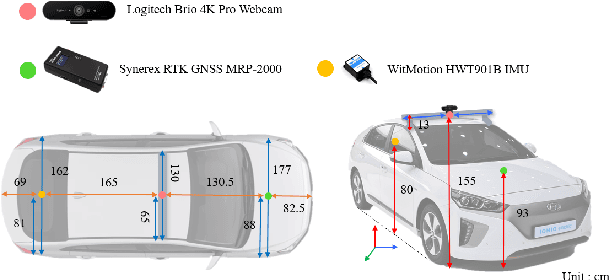
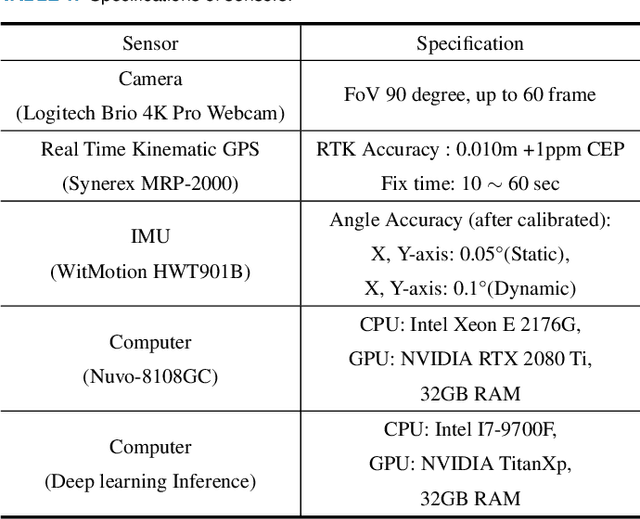
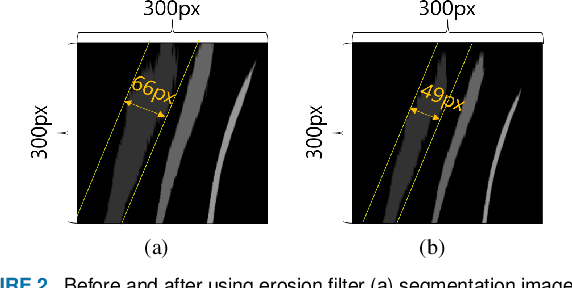
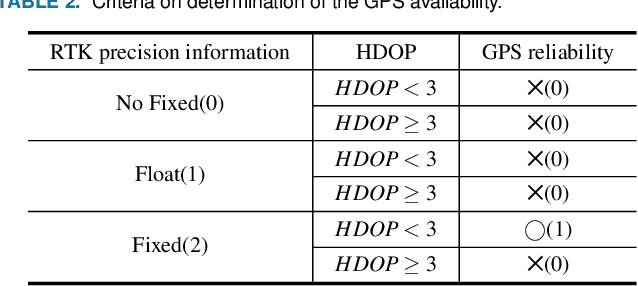
Abstract:Path tracking system plays a key technology in autonomous driving. The system should be driven accurately along the lane and be careful not to cause any inconvenience to passengers. To address such tasks, this paper proposes hybrid tracker based optimal path tracking system. By applying a deep learning based lane detection algorithm and a designated fast lane fitting algorithm, this paper developed a lane processing algorithm that shows a match rate with actual lanes with minimal computational cost. In addition, three modified path tracking algorithms were designed using the GPS based path or the vision based path. In the driving system, a match rate for the correct ideal path does not necessarily represent driving stability. This paper proposes hybrid tracker based optimal path tracking system by applying the concept of an observer that selects the optimal tracker appropriately in complex road environments. The driving stability has been studied in complex road environments such as straight road with multiple 3-way junctions, roundabouts, intersections, and tunnels. Consequently, the proposed system experimentally showed the high performance with consistent driving comfort by maintaining the vehicle within the lanes accurately even in the presence of high complexity of road conditions. Code will be available in https://github.com/DGIST-ARTIV.
 Add to Chrome
Add to Chrome Add to Firefox
Add to Firefox Add to Edge
Add to Edge